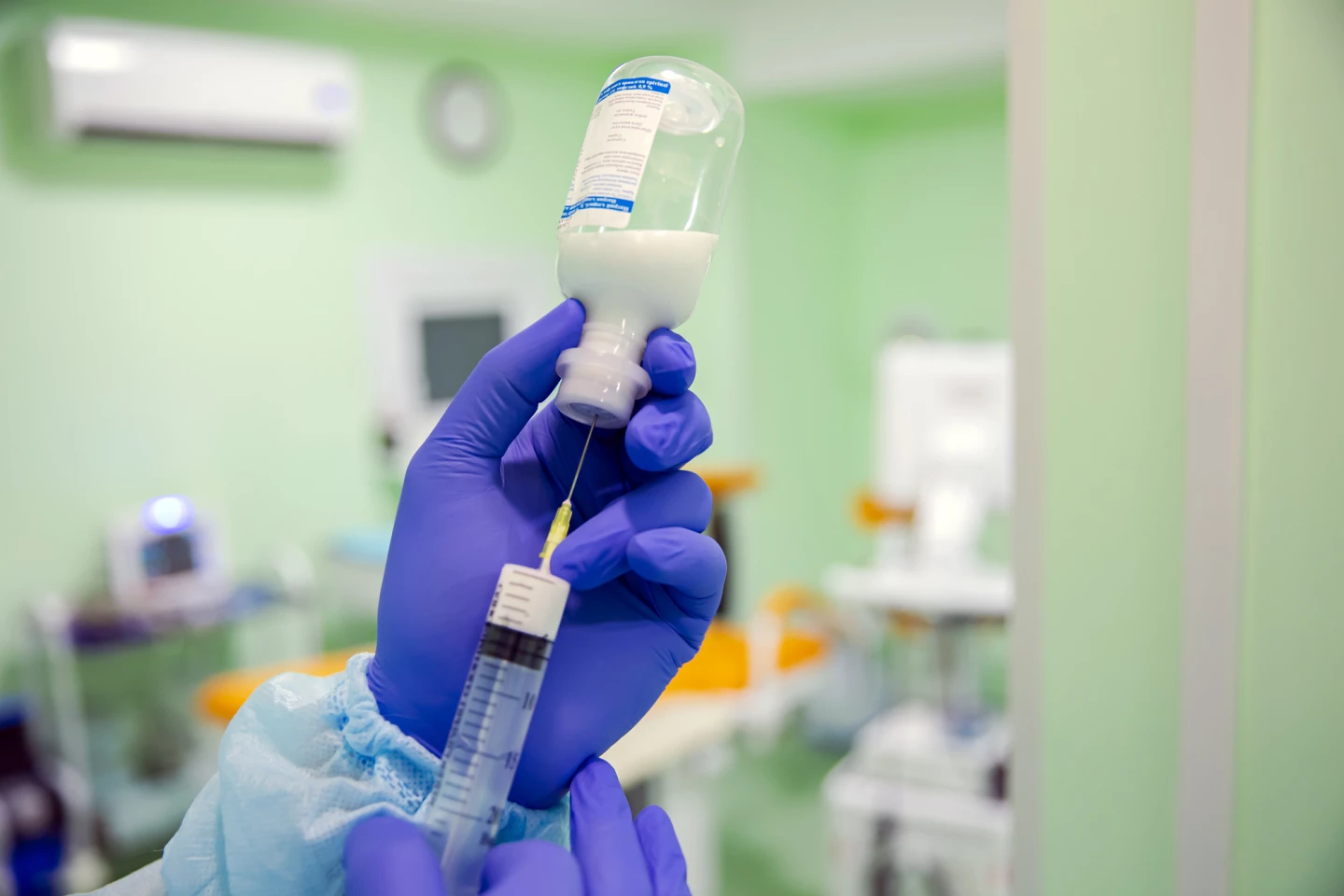Researchers have figured out how a commonly used general anesthetic drug induces unconsciousness by causing brain activity to become increasingly unstable. The findings could lead to better anesthetic control in the operating room and treatments for conditions like depression and schizophrenia.
A patient’s level of consciousness is very relevant in healthcare and is sometimes considered a vital sign indicative of a patient’s medical or neurological status. One setting in which unconsciousness is critical is the operating room, where a general anesthetic is used to ensure a patient can’t feel pain and remains still.
Daily, hundreds of thousands of people undergo general anesthetic and propofol, an anesthetic and sedative, is widely used. While propofol’s effects are well understood, how it causes unconsciousness was not. However, a new study by MIT researchers has provided answers by examining the effect that propofol has on neuron activity.
“The brain has to operate on this knife’s edge between excitability and chaos,” said Earl Miller, professor of neuroscience at MIT’s Picower Institute for Learning and Memory and the study’s co-corresponding author. “It’s got to be excitable enough for its neurons to influence one another, but if it gets too excitable, it spins off into chaos. Propofol seems to disrupt the mechanisms that keep the brain in that narrow operating range.”
Many theories of consciousness focus on the brain's network structure, which integrates information and links different parts of the organ. One prominent theory suggests that awareness comes from an ‘ignition,’ an input that produces pulses of activity – or spikes – throughout the brain. Here, the researchers hypothesized that a critical factor in consciousness was the concept of ‘dynamic stability,’ the brain’s operating range that Miller referred to, and that propofol, and possibly other anesthetics, interfere with that stability.
Measuring dynamic stability as someone enters unconsciousness would enable researchers to determine if the unconscious state results from too much or too little stability. In other words, does a general anesthetic cause the brain to become too stable and unresponsive, which causes unconsciousness, or is unconsciousness caused by anesthetic brought about by a state of overexcitement and chaos? Previous studies have produced conflicting results, with some saying that anesthetics cause stability and some saying chaos.
The researchers gave animals an infusion of propofol over an hour, during which time they gradually lost consciousness. Electrical activity in four areas of the brain involved in sight, sound processing, spatial awareness and executive function was recorded and analyzed. To reconstruct overall brain activity from their partial observations of data, the researchers used a technique called delay embedding using Takens’ theorem.
Now, this theorem is used in a branch of mathematics called dynamical systems theory that, in and of itself, requires some heavy-duty math, so I’ll keep it as simple as possible. Takens’ delay embedding theorem makes it possible to trade time (the partial observations of data) for space (the full attractor of the system) to characterize a nonlinear dynamical system. An ‘attractor’ is a state or behavior toward which a dynamic system tends to evolve, irrespective of its starting conditions.

In the awake brain, neural activity spikes after any input before returning to its baseline activity level. However, the researchers observed that once propofol started to be given, the animals’ brains took longer to return to baseline after inputs such as sounds and remained in an overexcited state. The effect became more and more pronounced until the animals lost consciousness, suggesting that propofol inhibits neuronal activity, leading to growing instability and eventual unconsciousness.
The researchers then replicated the effect using a computational neural network model.
“We looked at a simple circuit model of interconnected neurons, and when we turned up inhibition in that, we saw a destabilization,” said Adam Eisen, MIT graduate student and the study’s lead author. “So, one of the things we’re suggesting is that an increase in inhibition can generate instability, and that is subsequently tied to loss of consciousness.”
If you think that sounds counter-intuitive, it is.
“This paradoxical effect, in which boosting inhibition destabilizes the network rather than silencing or stabilizing it, occurs because of disinhibition,” explains Ila Fiete, a professor of brain and cognitive sciences and the other corresponding author of the study. “When propofol boosts the inhibitory drive, this drive inhibits other inhibitory neurons, and the result is an overall increase in brain activity.”
Propofol acts on one type of neuron and receptor, whereas other anesthetics act on other types. The researchers are currently exploring whether other anesthetic drugs achieve the same effect by different means.
“If you find common mechanisms at work across different anesthetics, you can make them all safer by tweaking a few knobs, instead of having to develop safety protocols for all the different anesthetics one at a time,” Miller said. “You don’t want a different system for every anesthetic they’re going to use in the operating room. You want one that’ll do it all.”
The researchers are also planning to apply their dynamic stability-measuring method to other brain states, including neuropsychiatric disorders.
“This method is pretty powerful, and I think it’s going to be very exciting to apply it to different brain states, different types of anesthetics, and also other neuropsychiatric conditions like depression and schizophrenia,” said Fiete.
The study was published in the journal Neuron.
Source: MIT






